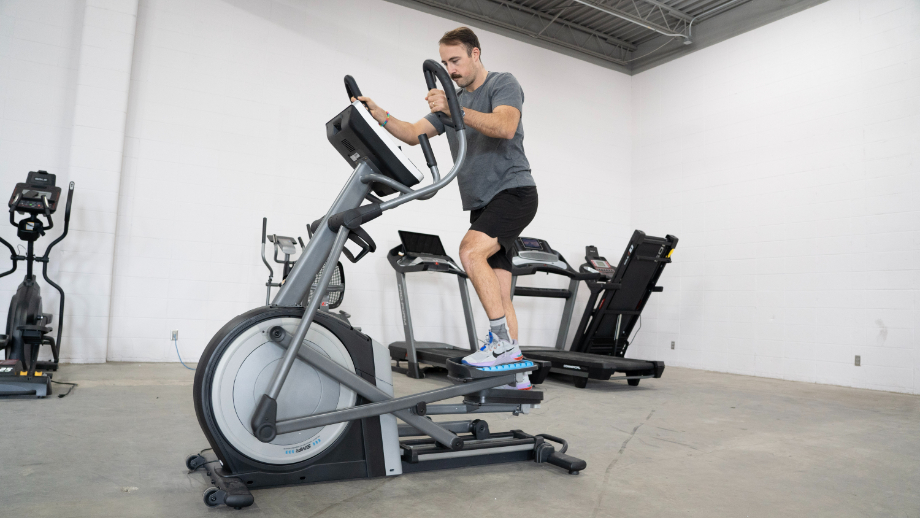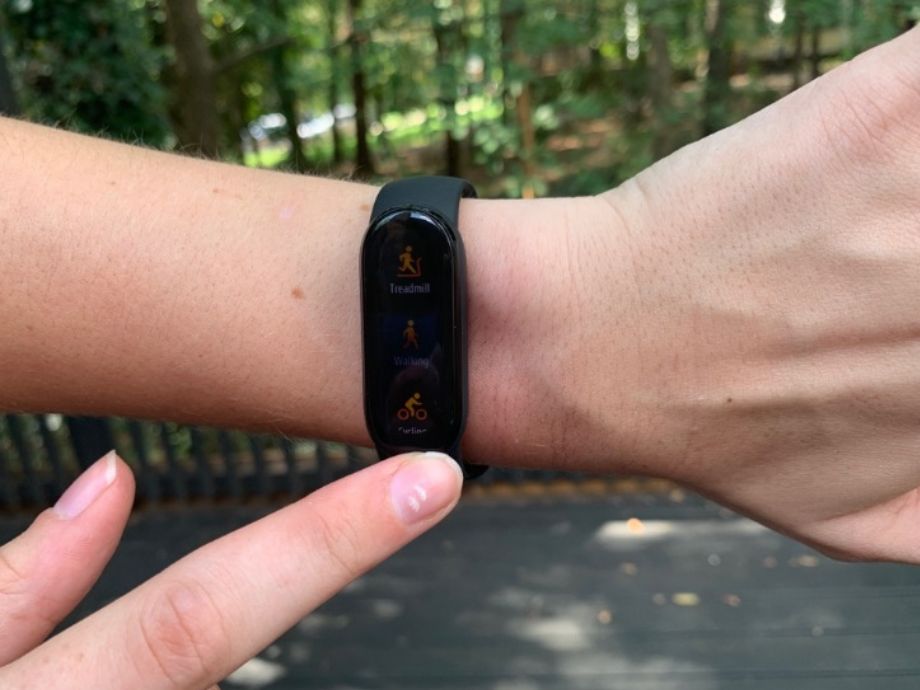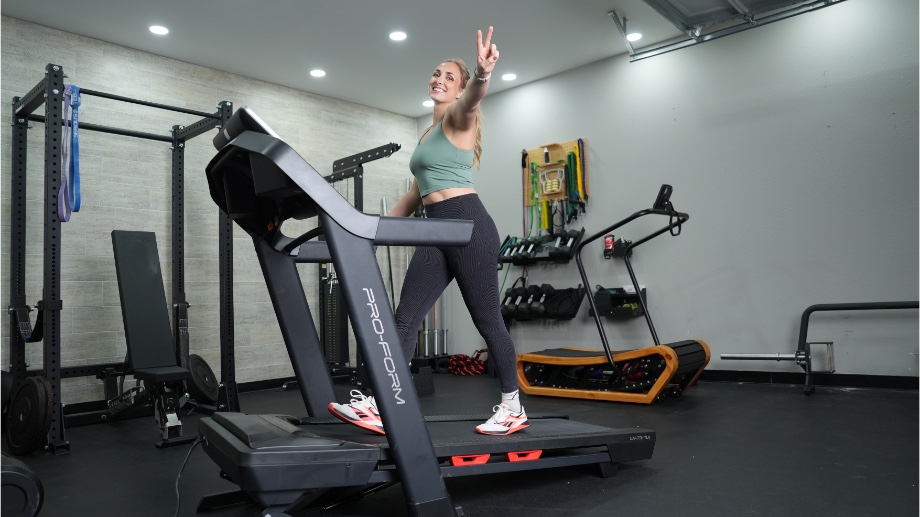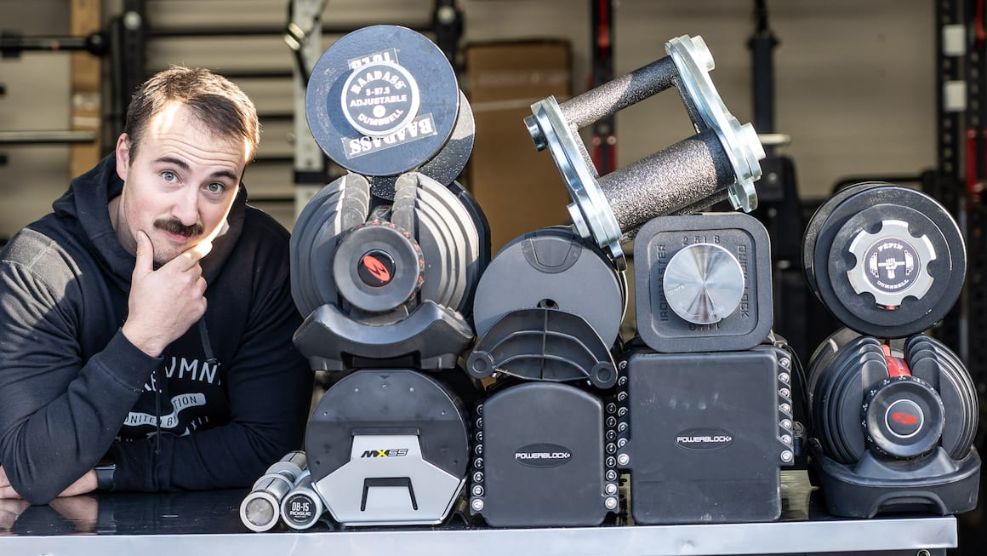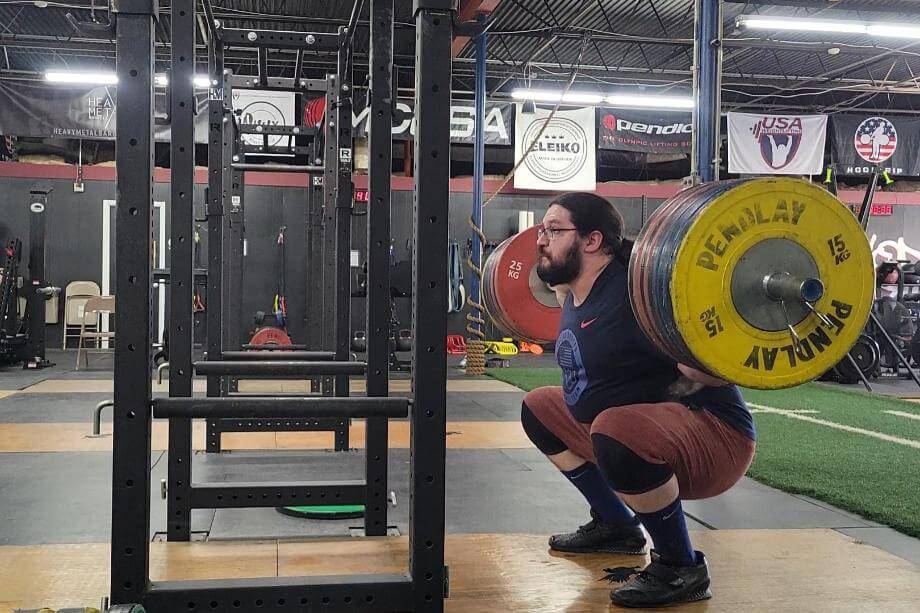There was a day when cardio was king and weight lifting was (partially) ignored. Today, strength training not only shares the spotlight but sometimes outshines cardio, with good reason. You might be tempted to skip cardiovascular exercise altogether, but you’ll get the best (and fastest) results by using both strength training and cardio for weight loss. But the question is, how much cardio to lose weight?
Cardio can take many forms, but to be considered cardio, the exercise must increase heart rate, oxygen use, blood flow, and engage large muscle groups. How much cardio you need to lose weight depends on a number of factors, including your bodyweight, height, daily physical activity level, eating habits, and age.
How much cardio you need to lose weight depends on a number of factors, including your bodyweight, height, daily physical activity level, eating habits, and age.
Stacey L. Nash, certified personal trainer
You then take all of that into account to estimate how much cardio and what intensity of cardio you need to meet your weight loss goals. Spoiler alert: There isn’t a one-size-fits-all answer for everyone, and if weight loss is your goal, there’s another aspect of the equation—nutrition—that’s equally as important as getting your sweat on. As a certified personal trainer and nutrition coach, I’m here to help break it all down. Let’s dive in.
Weight Loss Explained
Weight loss isn’t a mystical, magical thing, though it can sometimes feel like it. It’s more mathematical than you might think. To lose weight, you need to expend, or burn, more calories than you consume.
Anyone who’s tried to lose weight will tell you that it’s a bit more complicated than that. That’s because there’s a lot of variability in calculating how many calories you actually burn, and most people underestimate the number of calories they eat in a day.
Your height and body weight factor into how many calories you burn—bigger bodies burn more calories than smaller bodies. Muscle burns more calories than fat. Consequently, two people may weigh the same but if one has a larger percentage of muscle, that person will burn more calories than the person with a higher percentage of body fat.
Additionally, male biology results in higher muscle mass than women. That plays out in how many calories men and women burn when doing the same activities. If a man and woman of equal weight do the same exercise, the man will typically burn more calories because they have more muscle, which burns more calories than fat.
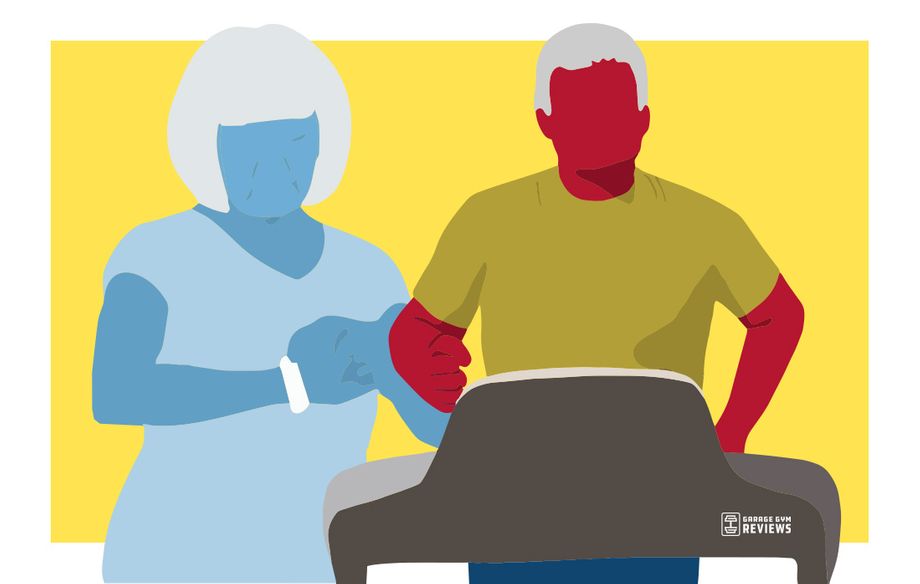
Age also factors into how many calories you burn. As you age, you lose muscle mass, and your metabolism—how quickly you metabolize and burn calories—slows. Your physical activity level throughout the day plays a huge role in energy expenditure, too. Someone with a physical job, where they’re up and down and lifting heavy objects all day will scorch through more calories than someone sitting at a desk for eight hours a day.
Most people tend to overestimate their calories burned and underestimate the calories consumed. The first step in weight loss is often tracking your food to get a realistic idea of the number of calories you’re consuming in a day.
A food journal or food tracker app are easy ways to gain control over daily calorie intake. You need a healthy diet to support sustained weight loss because, unfortunately, you can eat your way through almost any workout. Be patient. It can take time to find a true energy balance, where the calories consumed come in under the calories burned.
I’m completely for cardio, but when it comes to weight loss, if you’re not strength training, you’re doing yourself a disservice. Building muscle is where it’s at. The more muscle you have, the more calories you burn while running, swimming, or when your feet are propped up on the couch. So, yes, do cardio, but help yourself out by weight training on the regular, too.
Cardio Explained
Cardio or aerobic exercises are activities that get your heart rate up to supply your muscles with oxygen. It tends to use large muscle groups (think legs and upper body), increases respiratory rate, and keeps your heart rate in the aerobic zone, which is about 70% to 80% of your maximum heart rate.
If you’re a beginner, make sure to work your way up to hitting 80% of your maximum heart rate. You can get a rough estimate of your maximum heart rate by subtracting your age from 220.
In the cardio zone, roughly 50% of the calories burned are fats and the other 50% are carbohydrates. However, the rate at which you burn calories and where they come from—fats, proteins, and carbohydrates—varies throughout your workout because of the complexity of the body’s energy system.
The types of cardio you’re probably familiar with are running, biking, hiking, or swimming. At the gym, you can add the elliptical, stair stepper, and rowing machine to the list of cardio options.
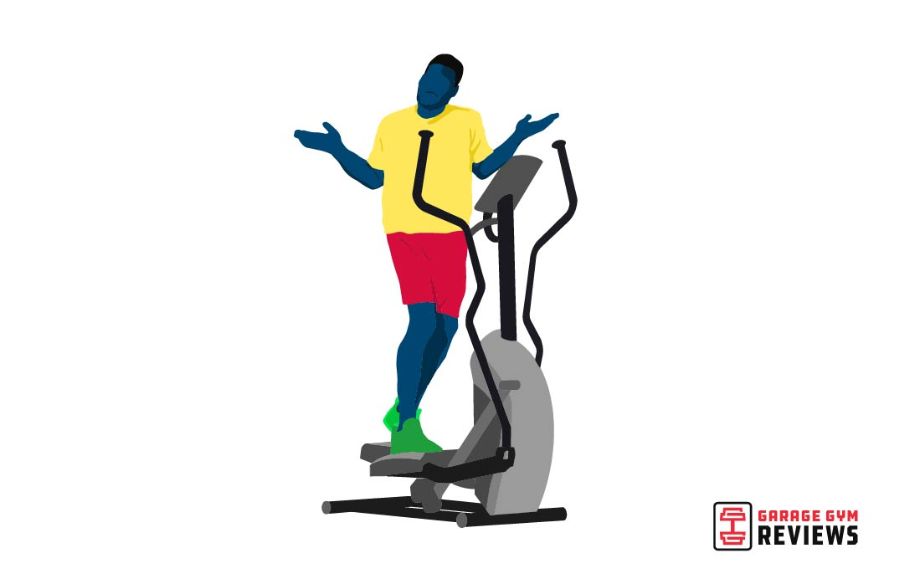
You can also do different types of cardio workouts to increase your calorie burn or simply add variety to your cardio sessions, such as:
- Steady-state: As it sounds, steady-state cardio is when you reach a certain heart rate or speed and stay at that level for the entire workout. For example, you’re on the treadmill and stay at 5.5 mph for the whole workout.
- High-intensity interval training (HIIT): HIIT training burns through a lot of calories in a short amount of time because it involves a high-intensity interval for approximately 45 to 90 seconds followed by a lower-intensity interval for anywhere between 15 to 30 seconds. The short bursts of speed burn through a higher amount of calories but then you have a chance to catch your breath before doing it again. However, HIIT workouts should be short at around 20 minutes.
- Intervals: Intervals are similar to HIIT in that you divide your workout into intervals of different intensities. Intervals can be used with all types of cardio exercises. For example, you can walk at a higher intensity for two minutes then slow down for one minute before ramping up your pace again.
- Circuit training: Circuit training can be either cardio or strength training, and in some cases, both. A circuit consists of four to eight exercises, like push-ups, jumping jacks, or squats, performed for one minute each with no break in between. After completing one circuit, you take a 90- to 120-minute break before starting the circuit again. With circuit training, you can use strength and resistance training to keep your heart rate at the target 70% to 80% of your maximum heart rate to turn the session into a cardio workout.
If you’ve gotten bored doing cardio in the past, it’s time to try something different. Cardio doesn’t have to be running or rowing for 30 minutes if that bores you. Incorporating cross-training into your cardio workouts is a great way to keep yourself motivated and interested. Add jump roping, kickboxing, dance, and hiking to your workout plan to challenge your body in new ways and keep things interesting.
How Much Cardio to Lose Weight?
I’ve already covered the different factors that affect weight loss, but I want to emphasize the importance of a healthy diet. Track your food for at least a week to get a better idea of your intake, then do your best to estimate what your maintenance calorie range is—ie, the number of calories where you won’t gain or lose weight. You need to be in a calorie deficit to lose weight, and these calculations will help you determine how much cardio you actually need to reach a healthy weight.
When it comes to activity level, the Centers for Disease Control and Prevention (CDC) has physical activity guidelines that recommend 150 minutes of moderate-intensity exercise per week to maintain your weight. That breaks down to five 30-minute sessions per week.
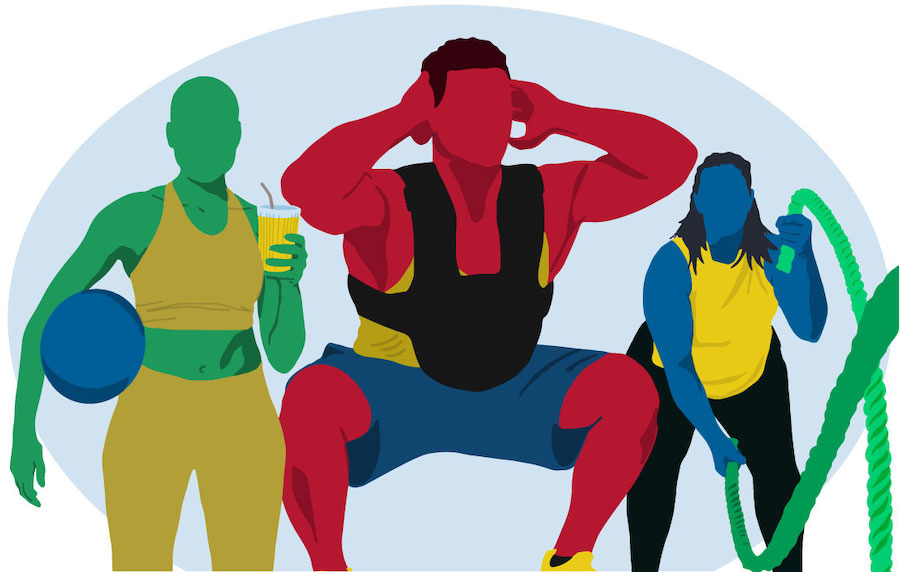
What’s moderate-intensity? Gauge your moderate-intensity effort based on how you feel. Moderate-intensity exercise shouldn’t be your all-out hardest, but if you don’t break a sweat or breathe harder, the intensity is too low. In general, you should be able to talk but not sing. You can also alternate the intensity of your workouts to keep things interesting and increase the calorie burn.
Also, focus on increasing your non-exercise activity thermogenesis (NEAT). You may burn 200 to 300 calories in a typical workout. The majority of the other 1,500 to 1,700 calories an average person burns in a day come from NEAT. NEAT includes things like walking around your house, cleaning, brushing your teeth, and mowing the lawn. If you increase NEAT, you increase the overall calories you burn per day without adding more time to your workouts. Easy ways to add more movement to your day include:
- Taking the stairs instead of the elevator
- Parking farther from the grocery store entrance
- Stand periodically at your desk
- Tap your foot while waiting in line
- Put your groceries in a basket rather than a cart
- Adding a brisk walk anywhere into your day
Best Cardio for Weight Loss
Cardio exercises are not all created equal. Some exercises burn more calories per minute than others. Plus, the intensity at which you do the exercise affects the calories burned, too.
Minute for minute, you’ll burn more calories by doing high-impact aerobics, stationary bike, and rowing at a moderate- to high-intensity versus low-impact aerobics or yoga. In general, exercises that engage both the upper and lower body at the same time, like the elliptical, ski machines, and rowing machines burn more calories per minute.
Harvard Health offers up more estimates that put vigorous effort on a stationary bike, elliptical, rowing machine, and circuit training at the top of the calorie burn per 30 minutes of exercise. The calorie burn ranges from 210 to over 400 calories in 30 minutes, depending on the intensity.
You can also maximize the calorie burn by doing HIIT, circuit, or interval training. Periodic breaks let you put more effort into your higher-intensity intervals, burning through more calories than you would in a steady-state workout routine.
Calories Burned in 30 Minutes by Cardio Exercise, According to Harvard
| Exercise | Running (12 minutes/mile) | Exercise Bike (Vigorous Intensity) | Rowing Machine (Vigorous Intensity) | Elliptical |
| Calories burned by a 125-pound person | 240 | 315 | 255 | 270 |
| Calories burned by a 155-pound person | 288 | 378 | 369 | 324 |
| Calories burned by a 185-pound person | 336 | 441 | 440 | 378 |
Tips on Cardio for Weight Loss
As a certified personal trainer and nutrition coach, I have a few tips to make cardio work for you on your weight loss journey.
- Pick activities you enjoy. Don’t make yourself miserable by running if you hate running. Swim, kickbox, or hit the ski machine. You’re more likely to keep up with an exercise routine if you enjoy it.
- Find an accountability partner. Sadly, it’s easier to cancel on yourself than it is on someone else. Find a partner that holds you accountable and is near your fitness level.
- Fuel your body. Something I see is people ramping up their cardio without properly fueling their bodies, which leads to lack of energy, burnout, and poor workouts. Focus on whole fruits and vegetables with lean meats and a balance of healthy fats. Your goal is a calorie deficit, not a calorie famine. Somewhere between a 200- to 500-calorie deficit per day will burn fat and help you achieve a body composition that meets your goals.
- Hydrate. Drink plenty of water before, during, and after your workout. If the weather’s hot or you perspire heavily, make sure you drink enough water to cover the water and salt loss.
- Take at least one rest day per week. Your body builds muscle and repairs itself when you sleep and rest, making rest days an essential part of your weight loss program.
FAQs About How Much Cardio to Lose Weight
Is 30 minutes of cardio a day enough to lose weight?
This varies from person to person, but yes, 30 minutes of cardio a day could be enough to lose weight if you do a few workouts per week at a vigorous intensity. You could alternate intensities throughout a single workout or every other day to increase the calories burned. And remember, nutrition plays an even more important role in weight loss than cardio.
Which cardio burns the most fat?
Cardio that involves your entire body at a vigorous intensity, such as the elliptical, ski machine, or an air bike incinerates calories at a higher rate.
Is cardio enough to lose belly fat?
Cardio can help lose overall fat, including belly fat, but, keep in mind that you can’t spot-reduce fat. However, to see real gains, you need to strength train two to four times per week. The more muscle you have, the more calories you burn.
Is it OK to do cardio every day?
It’s OK to do cardio every day as long as one day is an active rest day. Active rest would be walking or another low-impact, low-intensity exercise that gives your body a chance to heal and recover.


